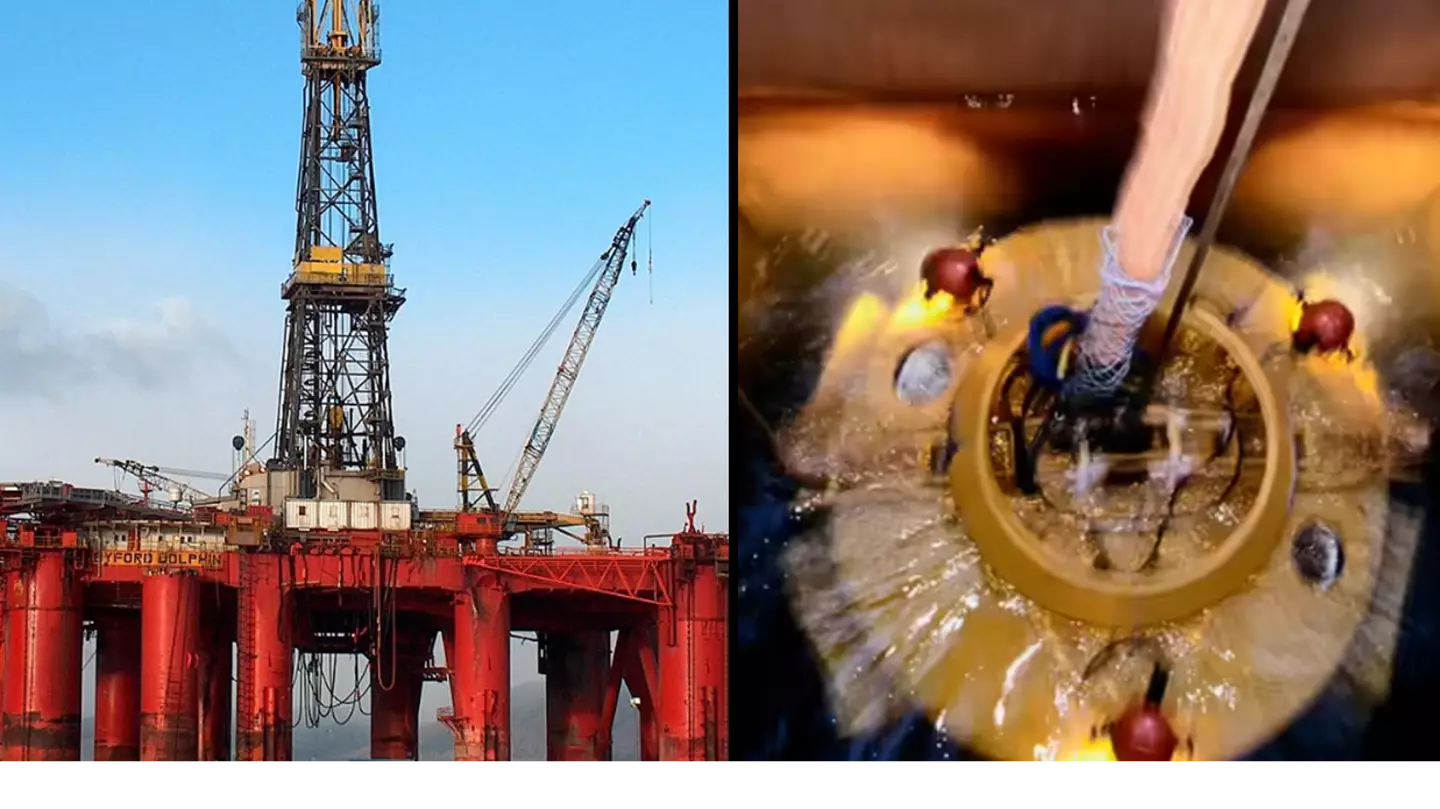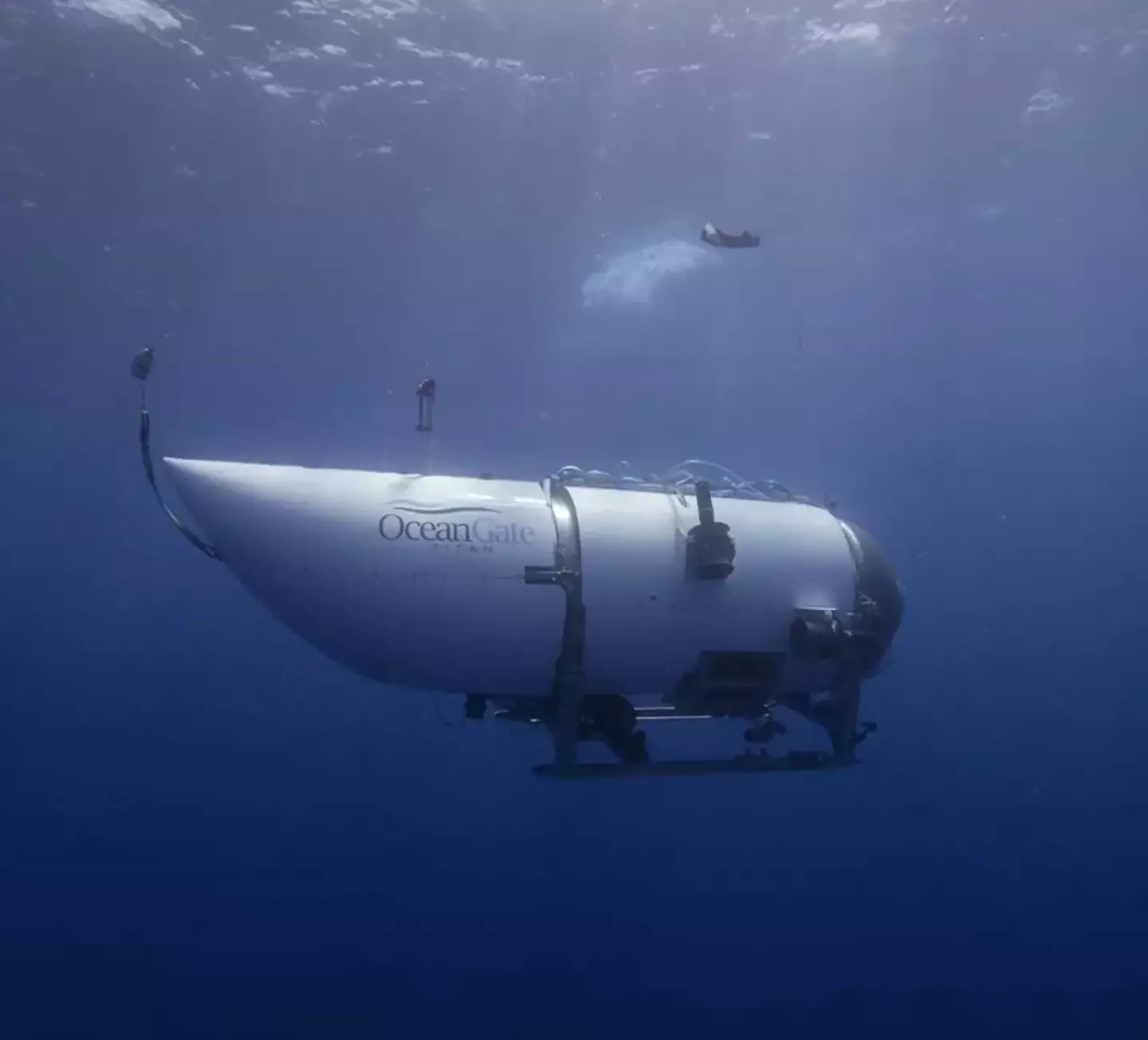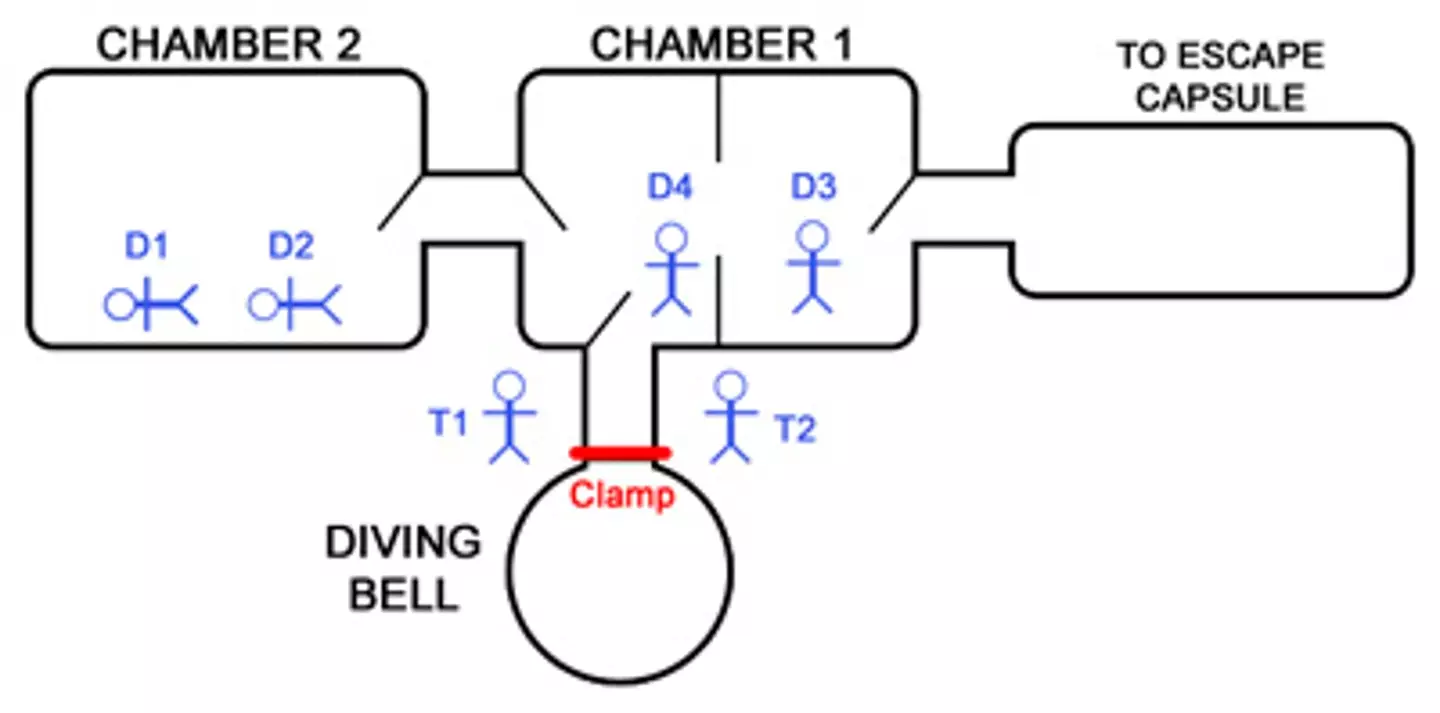
It's fair to say that throughout history some people have met their ends in particularly gruesome ways.
Some have been the work of humans, such as scaphism in which the victim is sealed in a box and force fed milk and honey until insects drawn to the inevitable diarrhoea eat them alive.
Others are the result of nature such as the victims of the Mount Vesuvius cataclysm, some of which saw their brains turned into glass by the heat of the eruption.
Advert
However, the deaths of one group of unfortunates in the Byford Dolphin Accident sticks out for sheer unpleasantness.
Anyone who's been watching the news lately will be familiar with the ill-fated voyage of the Titan submersible. Five people were likely crushed to dust by the immense pressure at the bottom of the ocean.
This in itself is extremely unpleasant, though there is some comfort in the fact that it would have been instantaneous.
But in another incident involving a pressurised cabin at, things went a slightly different way.

On 5 November 1983, a group of people were working as 'saturation divers' near the Byford Dolphin oil rig.
Advert
This is where divers operated below around 1,000 feet below the surface. The job exists to carry out construction and maintenance work on structures such as oil rigs.
At that depth, they need to breathe pressurised air that dissolves nitrogen in the divers' blood.
Diving at depth creates hazards when resurfacing, as coming up too quickly can cause the nitrogen to form bubbles in the body, a condition commonly called 'the bends'.
The group had been living in a pressurised facility during their time. This included living quarters and an area called 'the diving bell'.
Advert
The diving bell was separate from the other units and sealed off.

It's not clear exactly what happened, whether it was a technical fault or human error, or possibly a bit of both. The point is, the diving bell was released too soon before the doors were fully closed.
This meant that the area in which the crew lived went from nine atmospheres down to one - the normal surface air pressure - instantly.
Advert
It usually takes days for divers to safely resurface at the kind of depth the Byford Dolphin crew were working at.
William Crammond, a 'tender' who was assisting the divers, was hit by the dive bell as it flew away and killed.
Things were much worse for the four divers: Edwin Coward, Roy Lucas, Bjørn Bergersen, and Truls Hellevik.
The rapid depressurisation made the nitrogen in three of the divers' blood turned into bubbles, effectively boiling them from the inside.
Advert
But that's not it. One of the divers somehow suffered even worse, as the pressure from the decompression forced his body through a 60cm hole.
This resulted in his body being 'fragmented', with the internal organs in his chest and abdomen being expelled by the pressure and strewn around the pod, with some parts of him being found ten metres away.
Yikes.
Martin Saunders, another tender, was the sole survivor but was left in critical condition following the horrific incident.
Featured Image Credit: FLORIS LEEUWENBERG/GETTY IMAGES/JOSEF PAVLIK/CC BY-SA 3.0/WIKIPEDIA